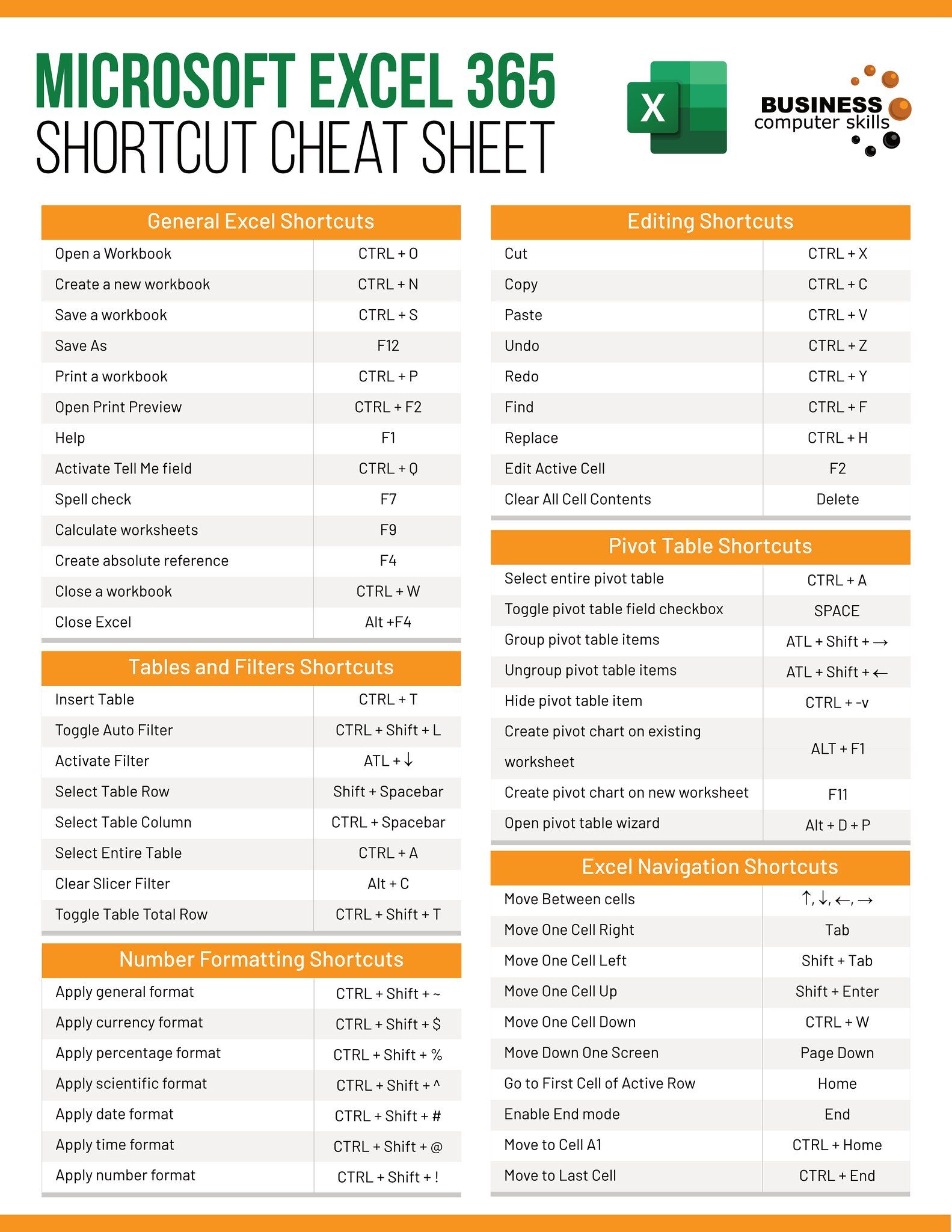Fix Your Excel Sheet on One Page Easily

Mastering Microsoft Excel is crucial in today's data-driven environment, where efficiency and visual appeal play vital roles. Ensuring your worksheet fits onto a single page can be a significant step toward achieving these goals, making it easier for both you and your audience to review and analyze data effectively. Here's how you can ensure your Excel worksheet fits onto one page:
Set Margins for Optimal Space

Excel allows you to adjust margins to maximize the printable area:
- Go to File > Page Setup
- Under the Margins tab, select Narrow or Custom and reduce margins for better use of space.
Be cautious not to reduce margins too much, as this can cut off important data or make the sheet appear cramped.
Utilize Paper Size and Orientation

Choosing the right paper size and orientation can significantly affect how much information fits on one page:
- In Page Layout > Size, you can select Letter or A4 for standard printing, or change to Legal for a larger sheet.
- Switch to Landscape under Orientation to accommodate wider spreadsheets.
📌 Note: Always preview the page layout before printing to see how these changes affect your data.
Adjust the Scaling of Your Excel Sheet

Excel provides options to scale your spreadsheet:
- Access File > Page Setup > Page and alter the Scaling to either Fit to Width or Height or use a percentage.
Remember that scaling should balance between fitting onto one page and maintaining readability. Over-scaling might reduce text size, making it hard to read.
Hide Unnecessary Rows and Columns

To minimize clutter:
- Right-click on the row or column header you wish to hide, then select Hide.
- Ensure you keep essential data in view by hiding only non-critical columns or rows.
Reduce Font Size and Formatting

While readability is key, sometimes slight adjustments can help:
- Highlight the cells or text and reduce the font size slightly. Use Home > Font > Font Size.
- Merge cells if it helps to consolidate space, but do so thoughtfully to avoid distorting data structure.
Enable Page Break Preview

To see how data fits across pages:
- Switch to View > Page Break Preview, where you can adjust the layout manually or use the Automatic page break.
Work with Print Area and Page Breaks

Define your print area:
- Select the range you want to print, go to Page Layout > Print Area > Set Print Area.
- Adjust page breaks by dragging them in the Page Break Preview mode.
To summarize, fitting your Excel worksheet onto one page involves optimizing the layout through setting margins, adjusting paper size and orientation, scaling, hiding non-essential data, reducing font size, and using Page Break Preview and Print Area settings. This not only streamlines your printing process but also makes your document visually appealing and efficient for presentations or reports.
Why doesn’t my Excel sheet fit on one page after scaling?

+
Sometimes, even after scaling, content might overflow due to excessive data or if some cells are set to print multiple times. Check for and adjust these settings, or reduce non-essential data to fit your sheet.
What happens if I reduce the font size too much?

+
While reducing font size can help fit more data onto one page, it might compromise readability. Use this method sparingly, ensuring the final output remains legible for your audience.
Can hiding rows or columns cause issues?

+
Hiding rows or columns can make your data fit better, but be cautious not to lose important information. Always ensure the hidden data is not crucial for the intended viewers.